July 17, 2024 By Muhammad Ali 8 minutes read

Screw pumps, are important and crucial piece of equipment in many industries. If you’re an engineering student or a professional engineer, understanding screw pumps is essential. These pumps play a significant role in various applications, making them a vital component for many industrial processes.
Screw pumps have a rich history, dating back to ancient times when Archimedes invented the screw pump for irrigation purposes. Over the years, this technology has evolved significantly, becoming a mainstay in modern industrial processes.
In this article, we’ll explore the different types of screw pumps, how they work, their advantages and disadvantages, and their various applications. Whether you’re just starting out or looking to deepen your knowledge, this comprehensive guide will provide valuable on screw pumps.
A screw pump is a type of positive displacement pump that uses one or more screws to move fluids or solids along the screw axis. This design is particularly effective for handling viscous fluids and high-pressure applications.
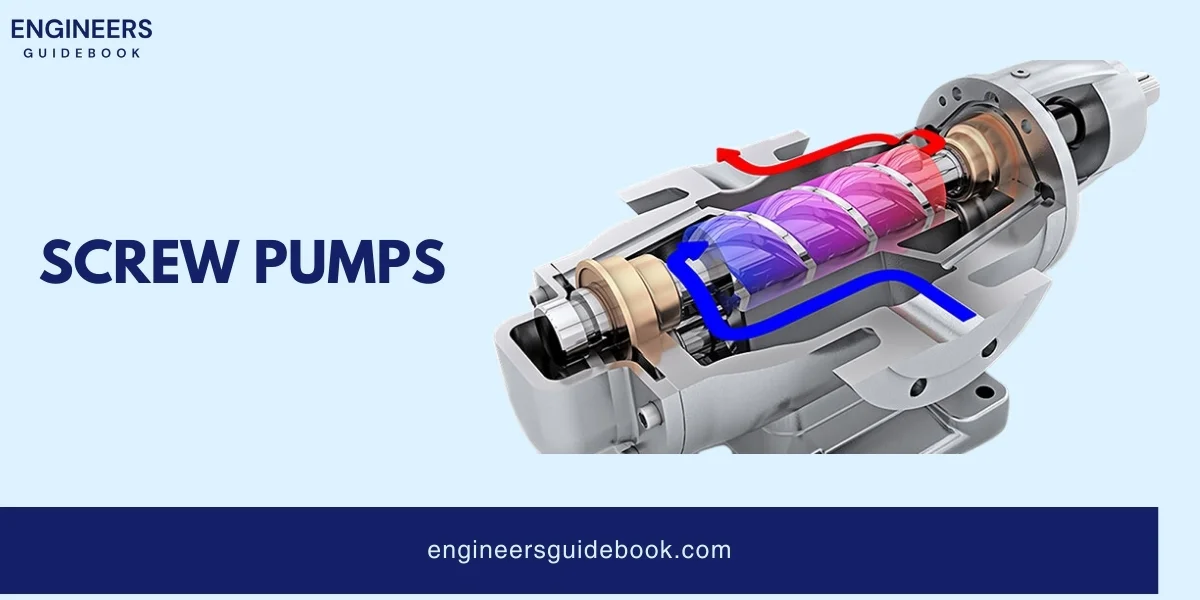
Understanding the various types of screw pumps is crucial for selecting the right one for your specific application. Let’s break down the main types of screw pumps and how each one operates.

A single screw pump, also known as a progressive cavity pump, consists of a single screw that rotates inside a cylindrical cavity. The screw forms cavities that progress from the suction to the discharge end, moving the fluid along with it.
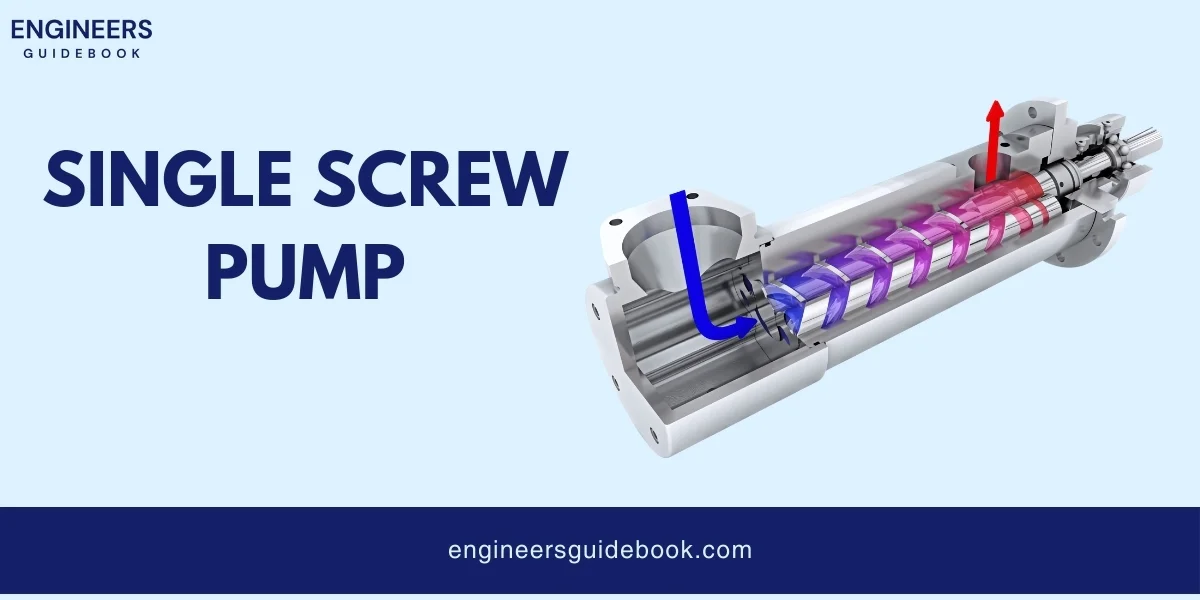
Twin screw pumps feature two intermeshing screws that rotate in opposite directions. This design allows for a continuous, non-pulsating flow of fluid.
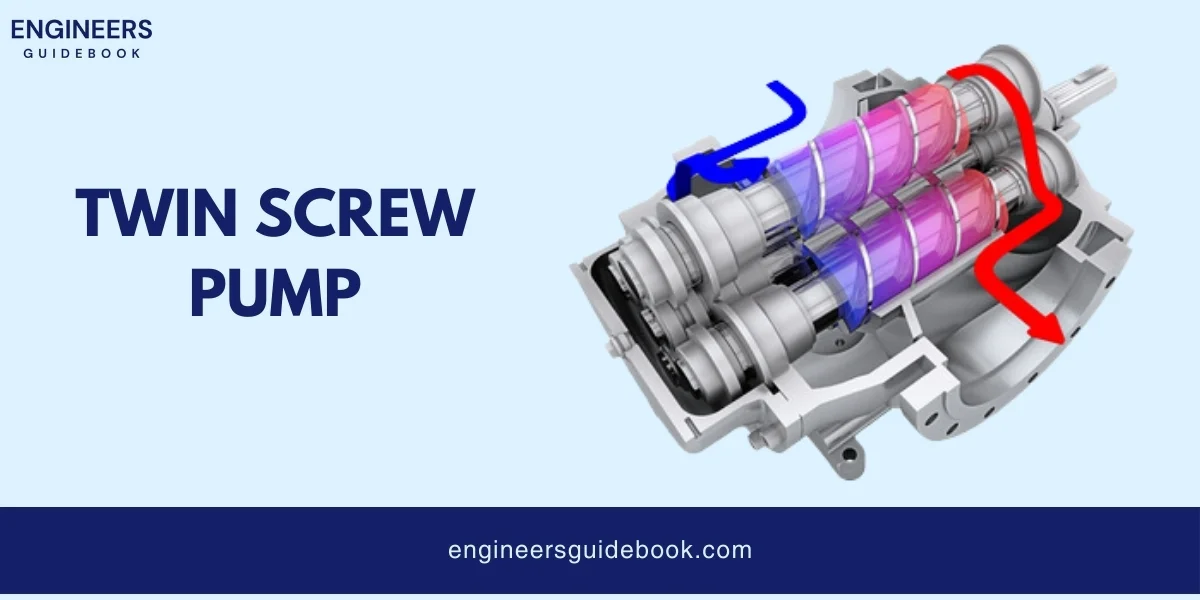
Triple screw pumps have three screws, with the central screw driving the other two, which are symmetrically arranged around it. This configuration ensures smooth and efficient fluid movement.
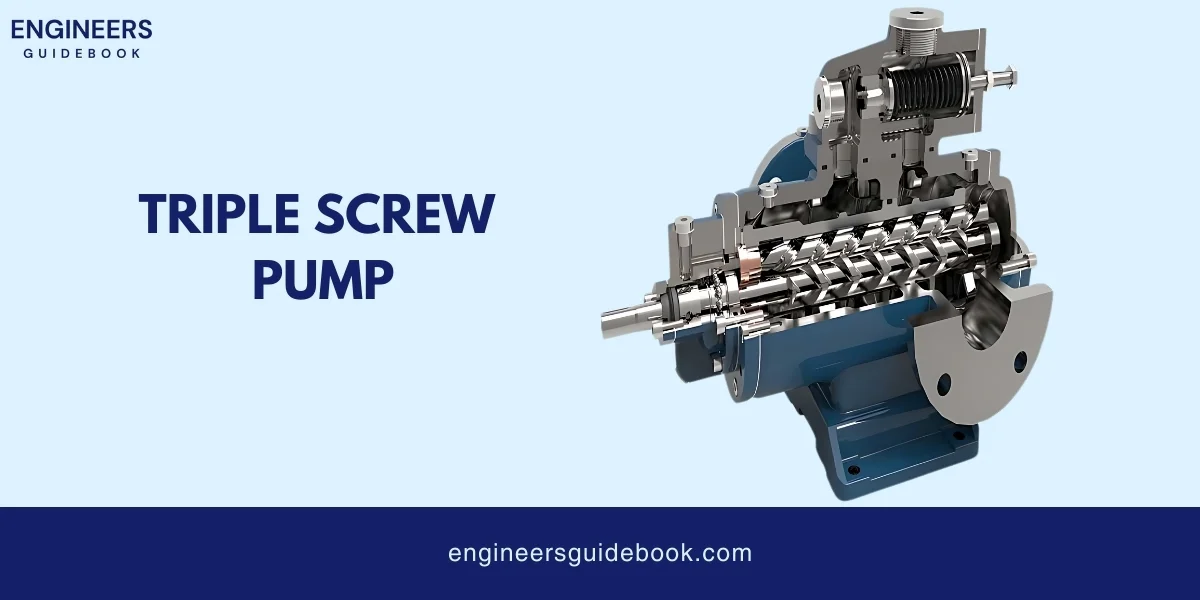
Multiphasic screw pumps are designed to handle multiple phases, such as gas-liquid mixtures. They are highly versatile and capable of managing complex fluid compositions.
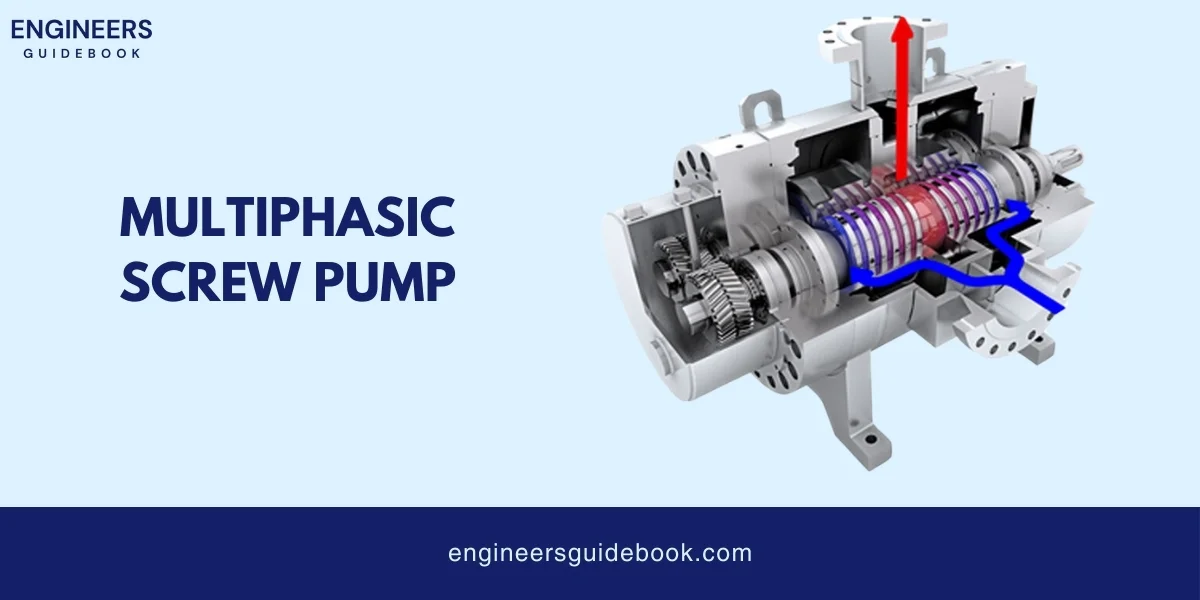
Some main components of Screw pumps are.
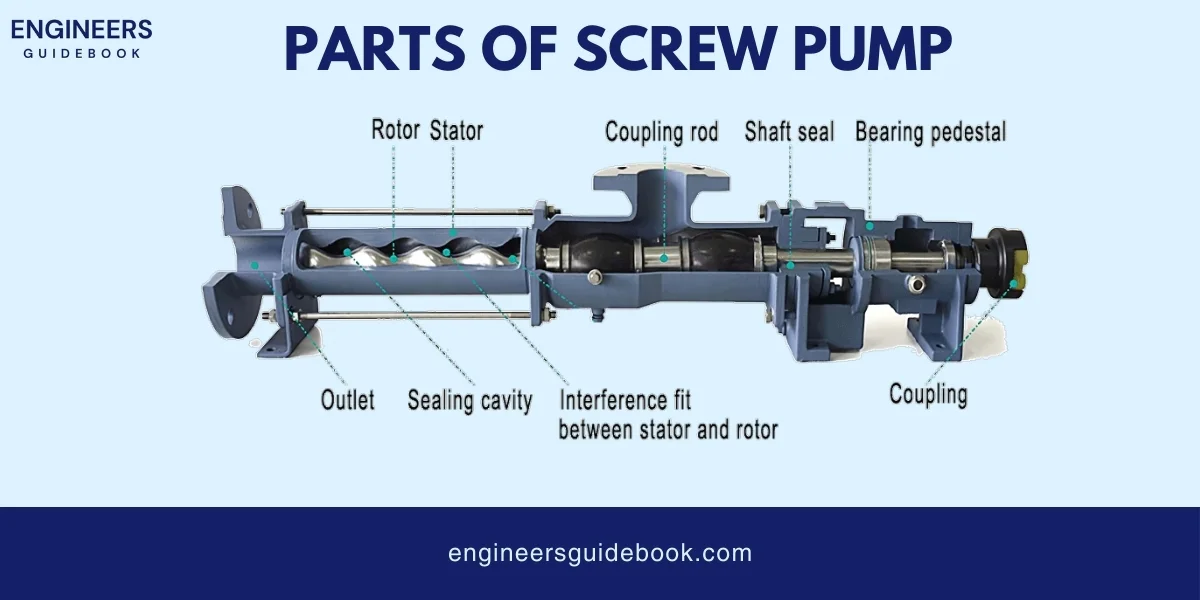
Screws are the heart of the pump, these are responsible for moving the fluid. Screws of screw pump is typically made from robust materials like stainless steel or other alloys to withstand wear and corrosion.
The design can vary, with single, twin, triple, or multiple screws depending on the pump type and application.
Housing Encases the screws and forms the cavities through which the fluid moves.
Housing are made from durable materials to ensure longevity and resistance to various fluid types.
Seals prevent fluid leakage and maintain the integrity of the pumping process. They are critical for maintaining pressure and preventing contamination.
Bearings support the screws and reduce friction during operation, enhancing the pump’s efficiency and lifespan.
Understanding how screw pumps operate is essential for both selecting the right pump and ensuring its efficient use in various applications. Let’s explore the working mechanisms and key components that make screw pumps effective and reliable.
The fundamental principle behind screw pumps is positive displacement. As the screws rotate, they trap a fixed volume of fluid and move it continuously from the inlet to the outlet.
This mechanism ensures a steady and pulsation-free flow, which is particularly advantageous in applications requiring consistent pressure and flow rates.
In more detail, as the screws turn, cavities form between the screw threads and the pump housing. These cavities capture the fluid at the suction side and move it along the screw axis towards the discharge side.
The fluid is progressively pushed forward, filling the space created by the rotating screws. This design minimizes turbulence and shear, making screw pumps ideal for handling sensitive and viscous fluids.
High Efficiency: The positive displacement mechanism of screw pump ensures that the fluid is moved in a consistent, steady flow with minimal energy loss.
Handling of Viscous Fluids: One of the standout features of screw pumps is their ability to handle viscous fluids with ease. Unlike centrifugal pumps, which can struggle with thick liquids.
Low Noise and Vibration: Screw pumps operate with significantly lower noise and vibration levels compared to other types of pumps. This smooth operation is due to the continuous flow generated by the screws
Self-Priming Capabilities: Screw pumps are self-priming, meaning they can evacuate air from the suction line and start pumping without needing an external priming mechanism
Maintenance and Durability: Screw pumps are designed for durability and require relatively low maintenance. The robust construction and high-quality materials used in their manufacturing ensure a long operational life.
High Initial Cost: One of the primary disadvantages of screw pumps is their high initial cost.
The precision engineering and robust materials required to manufacture screw pumps contribute to their higher price compared to other types of pumps.
Sensitivity to Solid Particles: Screw pumps can be sensitive to solid particles in the fluid.
Abrasive materials can cause wear and tear on the screws and housing, leading to reduced efficiency and potential damage
Limited to Specific Applications: Their design makes them ideal for handling viscous fluids, but they may not perform as well with low-viscosity fluids or applications requiring high flow rates at low pressures
Complexity in Design: The design of screw pumps can be more complex than other pump types. This complexity can make manufacturing and repair more challenging and costly.
1. Chemical and Petrochemical Industry: The chemical and petrochemical industries rely heavily on screw pumps for their ability to handle a wide range of fluid properties, including corrosive and abrasive materials.
2. Food and Beverage Industry: Screw pumps play a vital role in the food and beverage industry, particularly in applications requiring sanitary conditions and gentle handling of products.
Their hygienic design ensures compliance with food safety standards.
3. Marine Industry: In the marine industry, screw pumps are used for various on-board applications, including bilge pumping, ballast water management, and fuel transfer.
4. Power Generation : Screw pumps are integral to power generation facilities, where they are used in lubrication systems for turbines and generators, as well as for fuel handling.
5. Water and Wastewater Treatment: In water and wastewater treatment plants, screw pumps are used for moving sludge, slurry, and other high-viscosity fluids.
Proper installation and maintenance are crucial for ensuring the efficient and long-lasting operation of screw pumps. Let’s delve into the guidelines and best practices that will help you get the most out of your screw pumps.
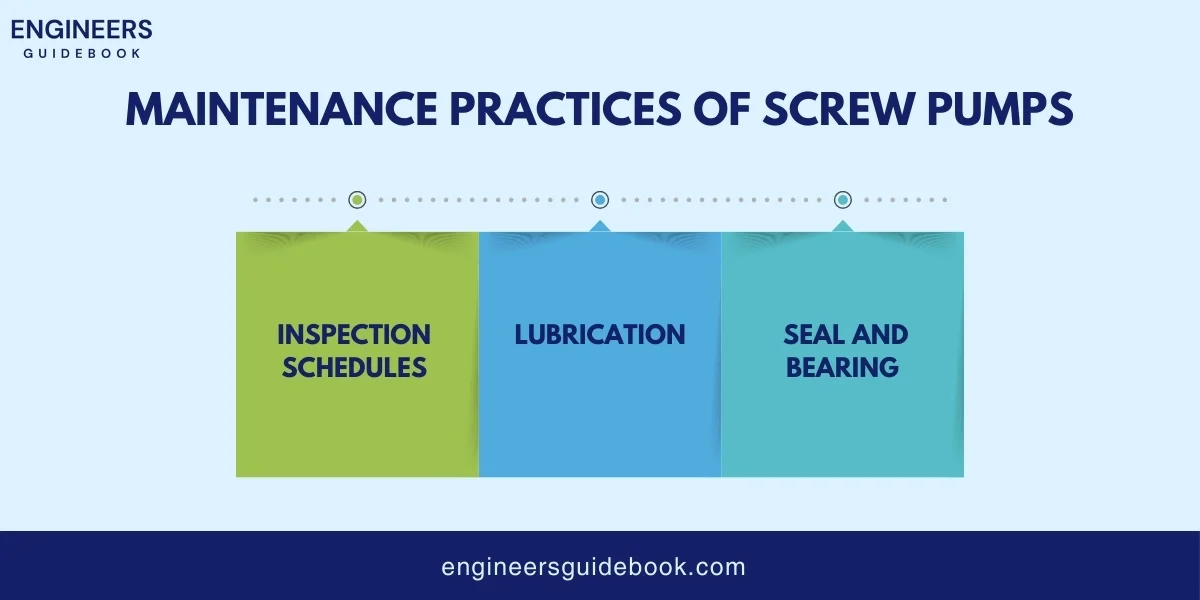
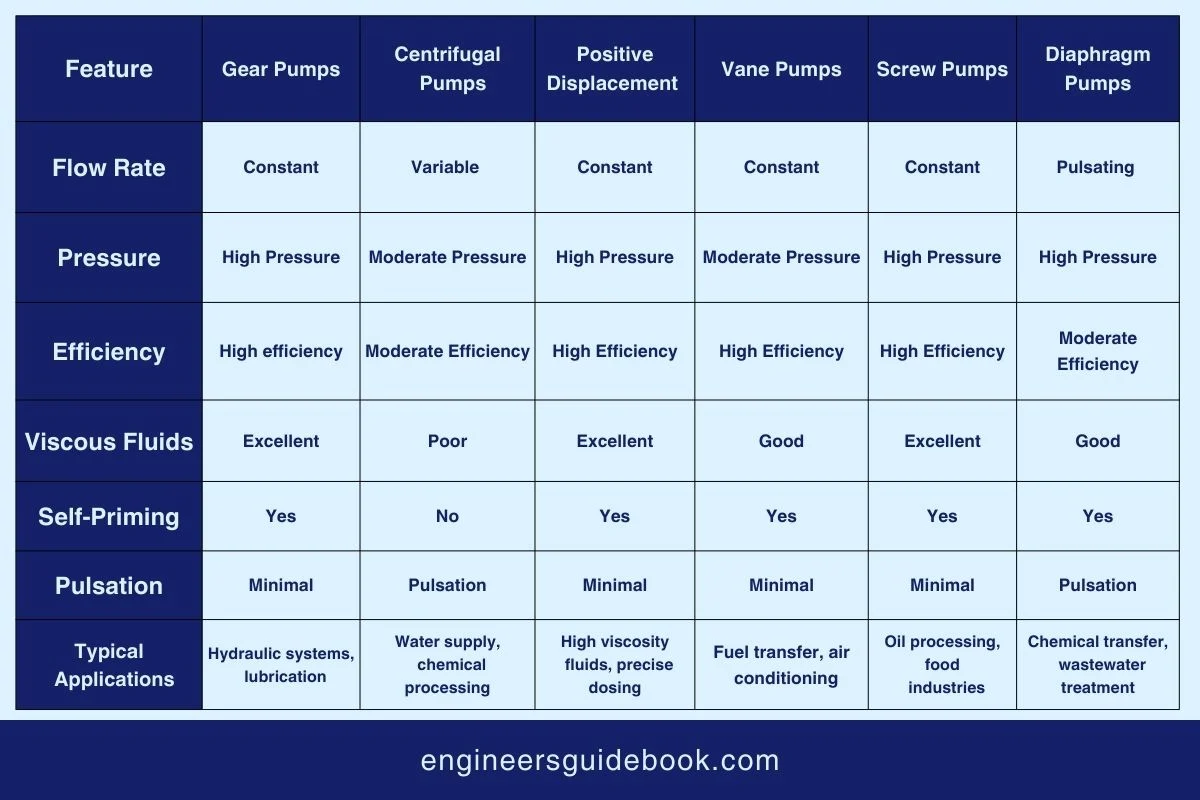
Let’s explore the future trends and innovations that are set to influence the screw pump industry.
Understanding screw pumps is crucial for anyone involved in industries where fluid handling is a key part of operations. These pumps offer numerous advantages, including high efficiency, the ability to handle viscous fluids, and low noise and vibration levels.
However, they also come with disadvantages such as high initial costs and sensitivity to solid particles. By considering these factors, you can make informed decisions about whether screw pumps are the right choice for your specific needs.
Screw pumps are indispensable in various applications, from the oil and gas sector to the food and beverage industry.
Their ability to handle a wide range of fluids, including multiphasic mixtures, makes them highly versatile. Proper installation and maintenance are essential to maximize their performance and longevity, ensuring they operate efficiently and reliably over time.
To ensure the accuracy and reliability of the information presented in this article, it is essential to cite relevant research papers, articles, manufacturer guides, and industry standards. Here are some references that provide valuable insights into screw pumps and their applications.
Understanding screw pumps is crucial for anyone involved in industries where fluid handling is a key part of operations. These pumps offer numerous advantages, including high efficiency, the ability to handle viscous fluids, and low noise and vibration levels.
However, they also come with disadvantages such as high initial costs and sensitivity to solid particles. By considering these factors, you can make informed decisions about whether screw pumps are the right choice for your specific needs.
Screw pumps are indispensable in various applications, from the oil and gas sector to the food and beverage industry.
Their ability to handle a wide range of fluids, including multiphasic mixtures, makes them highly versatile. Proper installation and maintenance are essential to maximize their performance and longevity, ensuring they operate efficiently and reliably over time.
A screw pump is a type of positive displacement pump that uses one or more screws to move fluids or solids along the screw axis. It is known for its ability to handle viscous fluids and maintain a steady, pulsation-free flow.
A screw pump works by trapping a fixed volume of fluid in the cavities formed between the screw threads and the pump housing. As the screws rotate, these cavities move the fluid from the suction side to the discharge side, ensuring a continuous flow.
The main types of screw pumps are single screw pumps, twin screw pumps, triple screw pumps, and multiphasic screw pumps. Each type has a unique design and is suited for specific applications.
Screw pumps offer several advantages, including high efficiency, the ability to handle viscous and shear-sensitive fluids, low noise and vibration levels, self-priming capabilities, and durability with low maintenance requirements.
The disadvantages of screw pumps include high initial costs, sensitivity to solid particles, complexity in design, and limitations in specific applications, such as handling low-viscosity fluids or high flow rates at low pressures.
Screw pumps are commonly used in the oil and gas industry, chemical and petrochemical industry, food and beverage industry, marine industry, power generation, and water and wastewater treatment.
Regular maintenance of a screw pump involves inspecting for wear and leaks, ensuring proper lubrication of bearings and seals, replacing worn components, and keeping the pump and surrounding area clean. Following the manufacturer’s maintenance guidelines is crucial for optimal performance.
Screw pumps can handle fluids with some solid content, but they are generally sensitive to abrasive particles. Using filters or strainers to remove solids before they enter the pump can help prevent damage and maintain efficiency.
Yes, screw pumps are known for their energy efficiency, especially when handling viscous fluids. Their positive displacement mechanism ensures minimal energy loss and consistent flow, which translates to lower operating costs.
Screw pumps are positive displacement pumps that handle high-viscosity fluids and provide consistent pressure and flow. Centrifugal pumps, on the other hand, are best for low-viscosity fluids and high flow rates but can lose efficiency with changes in fluid properties.
Yes, multiphasic screw pumps are specifically designed to handle multiphase fluids, such as mixtures of oil, water, and gas. They are commonly used in the oil and gas industry for processing complex fluid compositions.
Screw pumps are typically made from robust materials like stainless steel, high-strength alloys, and corrosion-resistant composites. The choice of material depends on the fluid being handled and the operating conditions.
Choosing the right screw pump involves considering factors such as fluid viscosity, flow rate, pressure requirements, and the presence of solids or abrasives. Consulting with pump manufacturers and reviewing application guidelines can help in making an informed decision.
Yes, screw pumps are suitable for sanitary applications, especially in the food and beverage industry. Their smooth operation and hygienic design make them ideal for handling sensitive products without causing contamination or damage.

Muhammad Ali holds a PhD in Mechanical Engineering from MIT and is currently conducting groundbreaking research on sustainable energy systems. His innovative work in renewable energy integration has earned him numerous accolades in the engineering community.
Explore the Engineer’s Guidebook! Find the latest engineering tips, industry insights, and creative projects. Get inspired and fuel your passion for engineering.
© 2023-2024 Engineer’s Guidebook. All rights reserved. Explore, Innovate, Engineer.